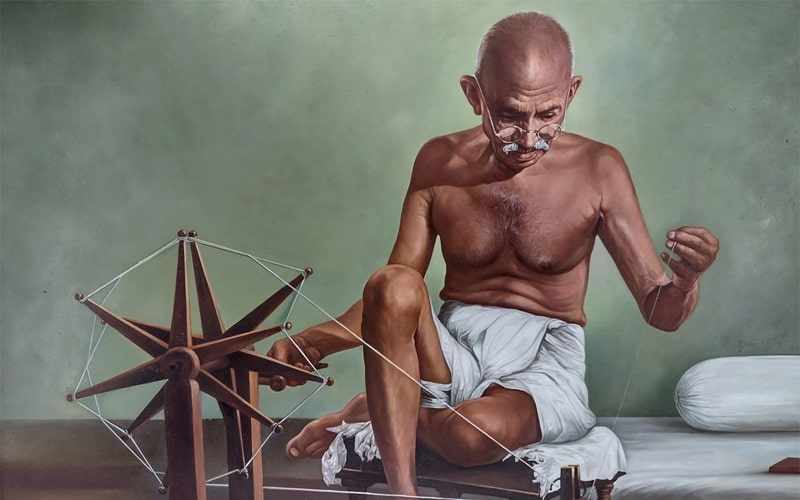
Gandhian philosophy: The sphere of influence on Higher Education
“By education, I mean an all-round drawing out of the best in child and man body, mind and spirit. Literacy is not the end of education nor even the beginning. It is one of the means whereby man and woman can be educated.” Mahatma Gandhi in Harijan, 1937
Gandhi was a hero and a great ambassador of modern higher education. Gandhi in his article titled ‘National Education’ published in Young India on September 1, 1921, wrote that it might be true regarding other countries but in India where 80% of the population is occupied with agriculture and 10% of it with industries, it is an offense to make education merely literary. The great idea of the line is that education is much more than gaining literacy knowledge.
Gandhi always talked about India as an agrarian country. Most of the Indian industries are based on agriculture. Therefore, Gandhi wanted that more and more self-financed agriculture colleges should be opened and they should be attached to related industries. Gandhi thus stressed the self-reliance of the country and advocated self-sufficiency of the colleges and universities. Mahatma Gandhi was never in favour of government aid to boost education. He, however, wanted the universities' control over the colleges and that of the government over the universities.
Gandhi knew that rural India is very much prone to various natural disasters like floods, landslides, drought, and cyclones and therefore he wanted the active participation of young men and women in the work of local rural community issues to build disaster resilience. To ignite the young people, he even edited a weekly journal in English, published from 1919 to 1931. In 1933 Gandhi started publishing a weekly newspaper, Harijan in English. Gandhi also published HarijanBandhu in Gujarati, and HarijanSevak in Hindi. All three papers focused on Indian and global issues. These are in the course curriculum of various social and economic academic syllabi at the national and international levels.
Even Gandhi’s freedom struggle revolved around encouraging youths to use khadi fabrics and the dumping of foreign-made clothes. He began promoting the spinning of khadi for rural self-employment and self-reliance in the 1920s in India, thus making khadi an integral part of the now-iconic Swadeshi Movement. That can be rightly considered as the first start-up program in India. On November 3, 1930, he delivered a speech prior to the start of the famous Dandi March, in which he emphasized the exclusively non-violent struggle to empower a self-sufficient India.
Gandhi believed India’s development can only be achieved through rural empowerment. The major change in the panchayat system of India came in the form of the passage of the Panchayati Raj Act (73rd Amendment) in 1992, which very well falls in line with that thinking.
Domain features of this act were:- A 3- tier system of Panchayati Raj for all States having a population of over 20 lakhs
- Holding panchayat elections regularly every 5 years
- Reservation of seats for Scheduled Caste, Scheduled Tribes, and women (not less than one-third of seats)
- Appointment of State Finance Commission to make recommendations as regards the financial powers of the Panchayats.
Chair for Gandhian Studies and Research. How relevant is it in today’s time?
However, no university in the country till 2018 had established a Mahatma Gandhi chair despite the nod from the University Grants Commission (UGC), according to the HRD Ministry officials.
Only recently The Chair for Gandhian Studies and Research was instituted in the University of Calicut and Tezpur University respectively.
Mahatma Gandhi chair is one of the chairs approved by the UGC in the subjects or areas of peace and non-violence, freedom movement, and national integration. However, it has not been established in any university and no proposal was received by UGC from any institution in this regard.
In order to enrich the academic resources of the university system, the UGC has formulated a scheme for the establishment of chairs in universities in the name of noble laureates, illustrious persons, and persons of eminence in areas of their outstanding contribution. However, as per the official statistics of the UGC, there are 419 students enrolled in the UG program in Gandhian studies for 2017-2018 while the number of students enrolled in PG, M Phil, and Ph.D. was 796, 51, and 78 respectively.
A total of 17 Ph.D. degrees were awarded during the session. The number of students who enrolled in the programs during 2016-2017 was UG (321), PG (746), M Phil (67), and Ph.D. (113). The number of Ph.D. degrees awarded during the session was 38.
Final Thoughts
We have not been able to adopt Gandhi’s views into our higher education system to the level that we should have by now. However, the Union Ministry of Human Resource Development's Department of Higher Education has built an institution in his honour, which has structured the curriculum for community participation.
It is another matter that under the present circumstances, we have not been able to justify our stand to incorporate his views in our system of higher education, but they are worth giving a thought to. The self-dependence he has talked about is certainly significant, otherwise how long will the colleges and the universities thrive on government aid? Keeping it in view, we will have to make a firm and well-planned schedule and put it into practice. A time again for mass emancipation, I guess.Disclaimer: The opinions expressed in this article are those of the author's. They do not purport to reflect the opinions or views of The Critical Script or its editor.

Newsletter!!!
Subscribe to our weekly Newsletter and stay tuned.




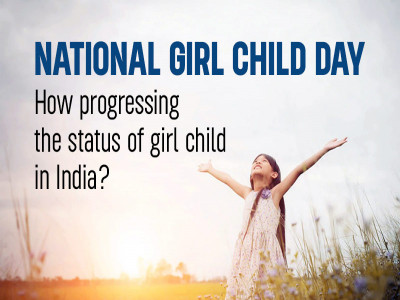
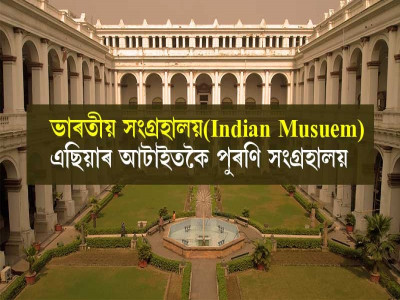
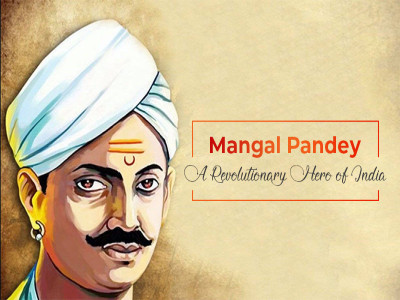
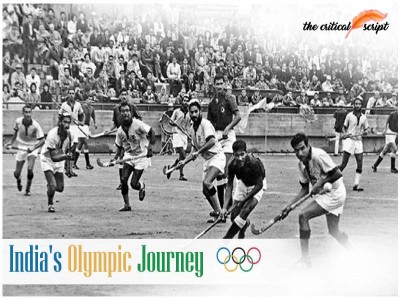









Related Comments